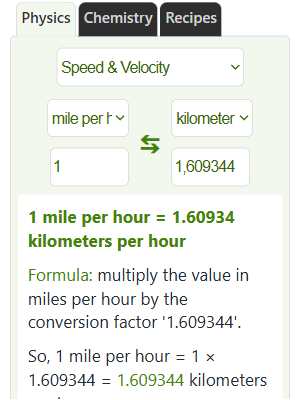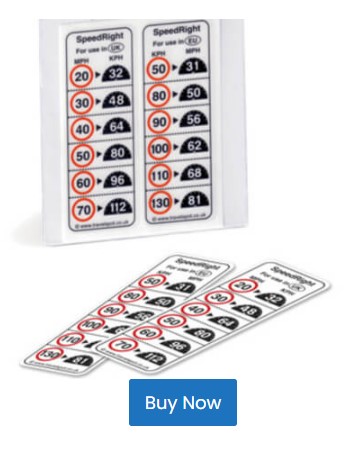Why is the conversion between kilometers per hour and miles per hour so significant in today's globalized world? A bold statement reveals that understanding this conversion can transform your travel experience, whether you're driving across Europe or cruising through the United States. For instance, converting 300 kph to mph gives you a speed of approximately 186.4113 mph. This knowledge empowers travelers to better comprehend speed limits and vehicle capabilities on an international scale.
The significance of these conversions extends beyond mere numbers. Consider digital GPS windshield smart speedometers, which often provide both units for convenience. The ability to switch between kph and mph ensures that drivers remain informed regardless of their location. Furthermore, certain models like the SRT Hellcat Forum hot sale come equipped with ECUs calibrated for high-speed performance, reaching up to 300 km/h. Such vehicles exemplify how modern technology integrates metric and imperial systems seamlessly into everyday use.
| Personal Information | Data |
|---|---|
| Name | Carlos |
| Age | 35 |
| Profession | Mechanical Engineer |
| Career Highlights | Specializes in automotive electronics; worked on several motorcycle and car projects focusing on speedometer technology. |
| Current Project | Kawasaki Ninja 300 Speedometer Conversion from MPH to KPH |
| Reference Website | Kawasaki Official Website |
For casual users of flight simulation software such as DCS World, comprehending the difference between kph, mph, and knots becomes essential. While mastering all aspects may not be feasible, knowing basic rules of thumb can enhance gameplay. For example, recognizing that 300 kph in the Ka-50 helicopter corresponds closely to rotor speeds provides practical insights during simulations. Similarly, enthusiasts of motorcycles and sports cars benefit from understanding why manufacturers often cap top speeds at around 186 mph, aligning with 300 kph—a standard agreed upon by many European governments.
Practical applications extend even further when considering personal vehicles. Owners of scooters like Vespa’s GTS 300 ABS might prefer viewing speeds in mph rather than kph due to regional preferences. Adjusting settings involves pressing specific buttons until achieving the desired configuration, typically indicated by symbols such as |~. These adjustments allow riders to monitor speeds more intuitively based on their familiarity with either unit system.
Changing clock displays from kph to mph or vice versa varies depending on the device model. On some Rieju and GasGas motorcycles, users must navigate through menu options using designated buttons until reaching the correct setting. This process highlights the importance of consulting user manuals or community forums where experienced owners share tips and tricks for customization. One common query revolves around removing ambiguous symbols that appear alongside numerical readings, ensuring clarity while operating these machines.
Specific instructions also apply to particular models like the Kawasaki Ninja 300 2015 Special Edition. To alter its speedometer display from mph to kph, operators should repeatedly press the left button until ODO appears on the screen. From there, additional steps enable toggling between measurement systems according to preference. This functionality underscores the adaptability built into contemporary vehicular instruments, catering to diverse user needs worldwide.
In conclusion, grasping the nuances of speed measurement conversions enhances both safety and enjoyment across various modes of transportation. Whether adjusting digital interfaces or interpreting real-world data, proficiency in switching between kph and mph equips individuals with valuable skills applicable in numerous contexts. As globalization continues connecting people globally, maintaining awareness of these distinctions remains crucial for anyone venturing beyond local boundaries.



